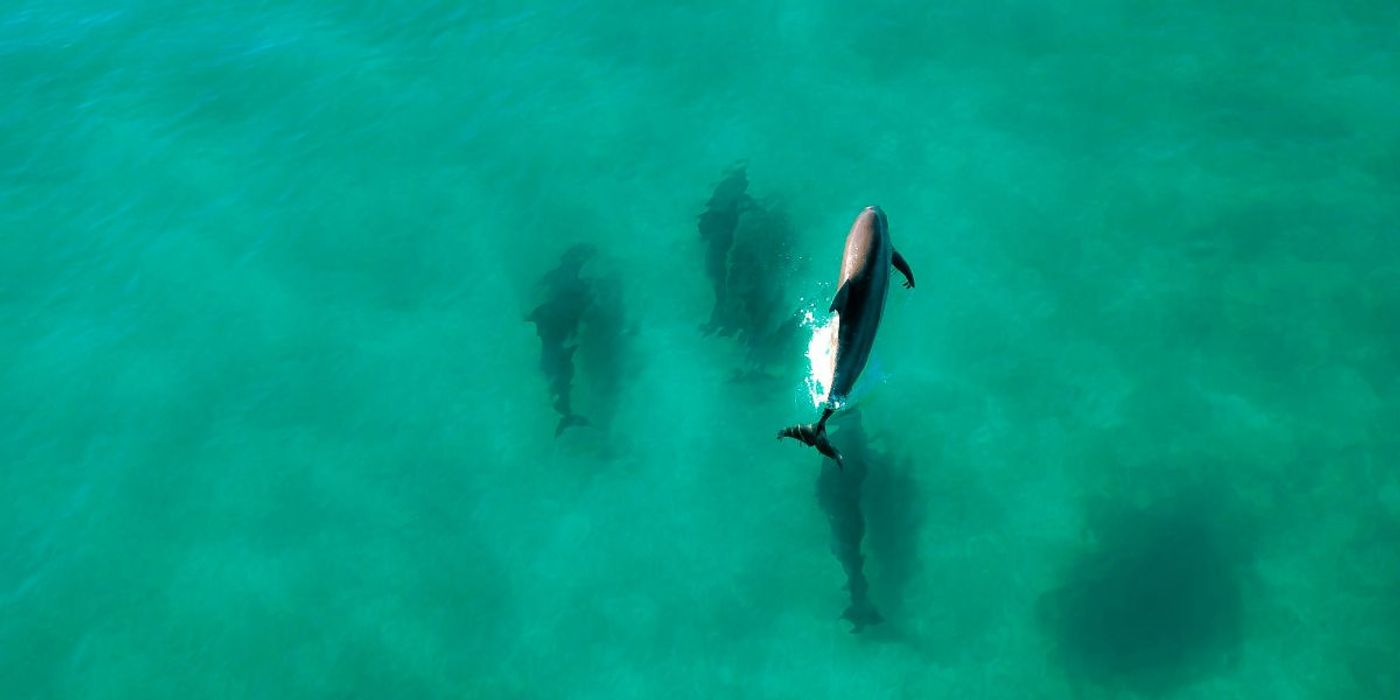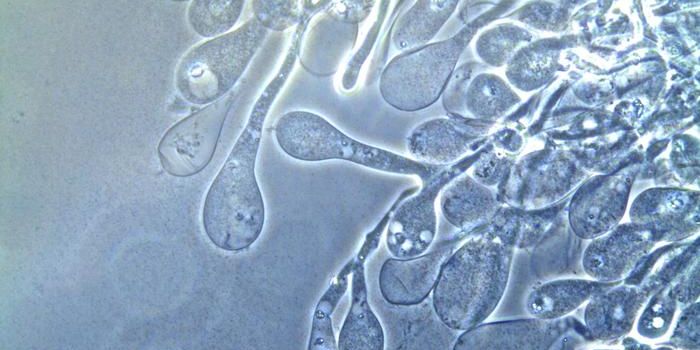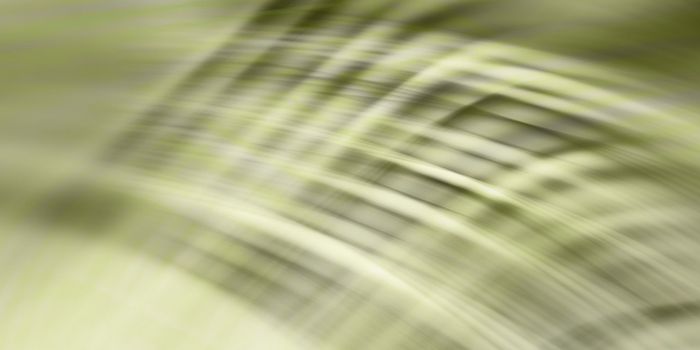Dolphins Lost 85 Genes to Become Aquatic
Dolphins, whales and porpoises are marine mammals; otherwise known as cetaceans. Although they live exclusively underwater nowadays, tens of millions of years ago, they looked quite different. Instead of navigating the oceans, they had legs and hooves, and walked on land. So what happened? How did they evolve into the marine animals we know today?
For some time now, researchers have been aware of the physiological adaptations cetaceans underwent to better live under water. Transitioning via semi-aquatic species such as the Pakicetus, the ancestors of modern whales and dolphins gradually lost some of their smell and taste receptors alongside their body hair. They also got better at transporting oxygen to their blood and generating body heat, while feet merged into flippers, tails into propellers and blow holes grew on their backs (Scharping: 2019).
Despite these aesthetic observations however, biologists had little idea of the genetic journey these animals had taken to reach their aquatic state. Thus, researchers from both Germany and the US set out to delve deeper into why this happened. To do so, they compared protein-coding genes in humans with those in cetaceans and hippopotamuses, cetacean’s most closely related land animal. In the end, they found 85 genes that cetaceans lost around 50 million years ago while beginning their transition into being fully aquatic; 62 of which had never been reported before.
Among the genes lost, the researchers found a gene that regulates saliva production, known as SLC4A9. As cetaceans live under water, they don’t need saliva to lubricate or help digest food. Furthermore, producing less saliva may have also helped their bodies better retain fresh water, beneficial when living in moisture-sapping saltwater (Hesman Saey: 2019).
More than this, they also lost genes involved in regulating blood pressure and blood clotting. This was likely to prevent dangerous blood clots that cause strokes when quickly diving and resurfacing (Hess: 2019). Meanwhile, their loss of another gene, known as POLM, which encodes an error-prone DNA repair enzyme, likely helped streamline the function of other genes that worked better in repairing DNA (ibid.).
According to the researchers: “More generally, our study highlights important genomic changes that occurred during the transition from land to water in the cetacean lineage and thus helps to understand the molecular determinants of their remarkable adaptations (Hess: 2019).”
Sources
Scharping, Nathaniel: Discover
Hesman, Saey: Science News
Hess, Peter: Inverse









